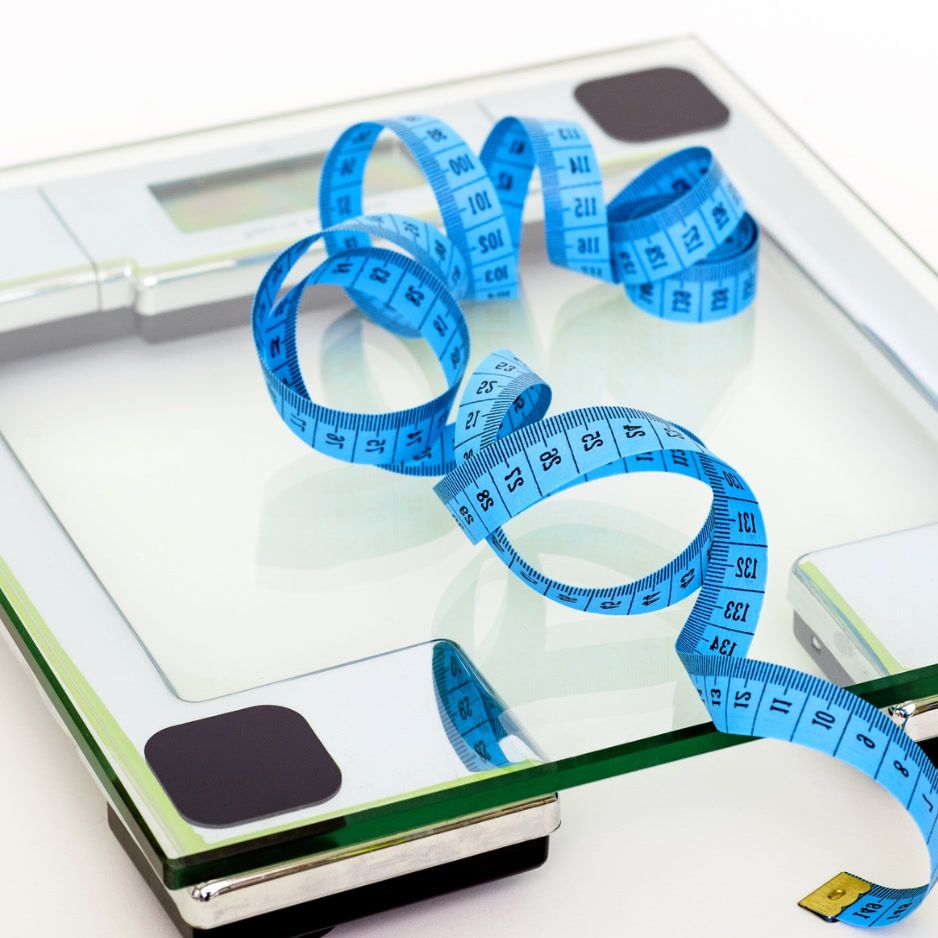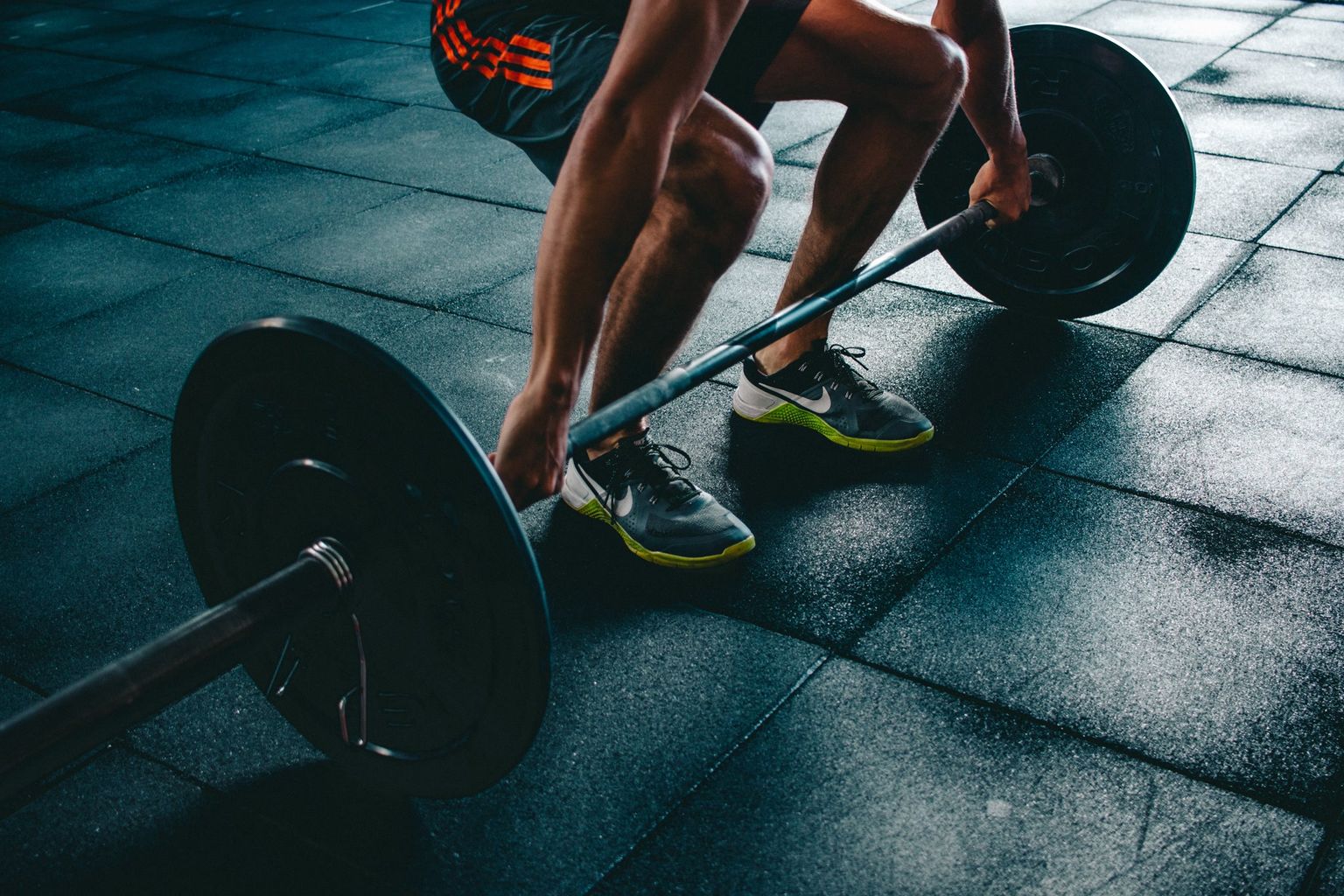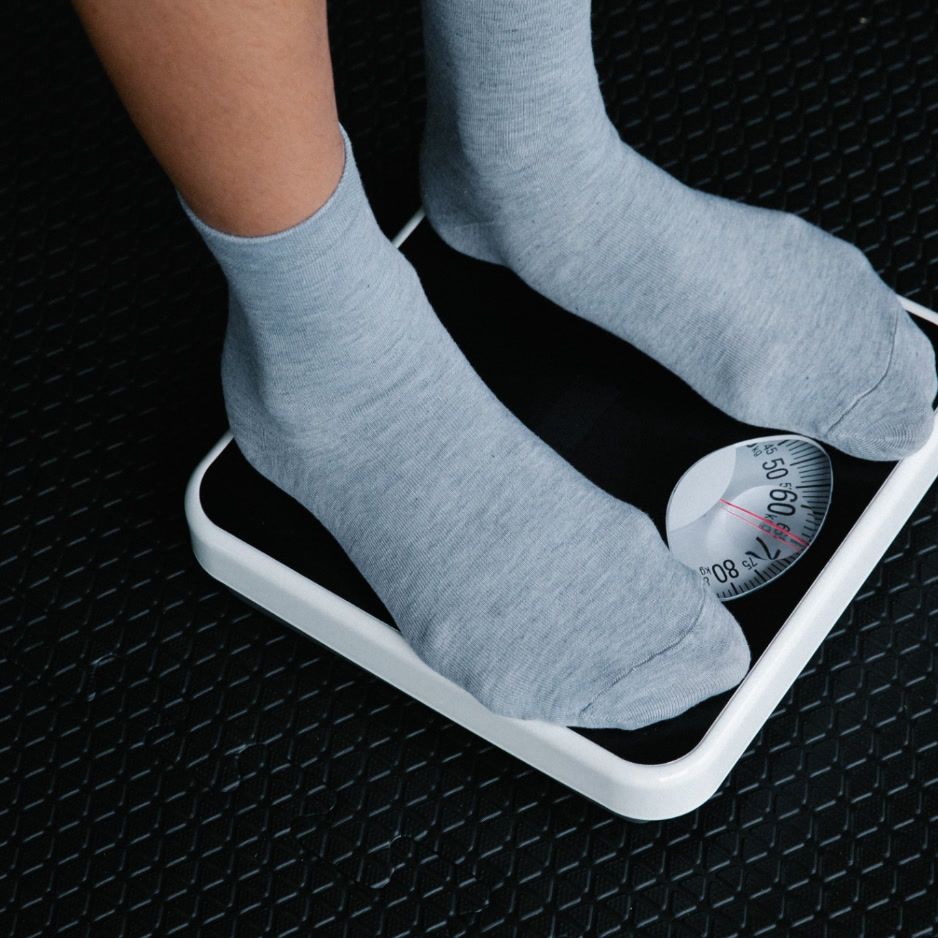Leg Muscle Anatomy Guide
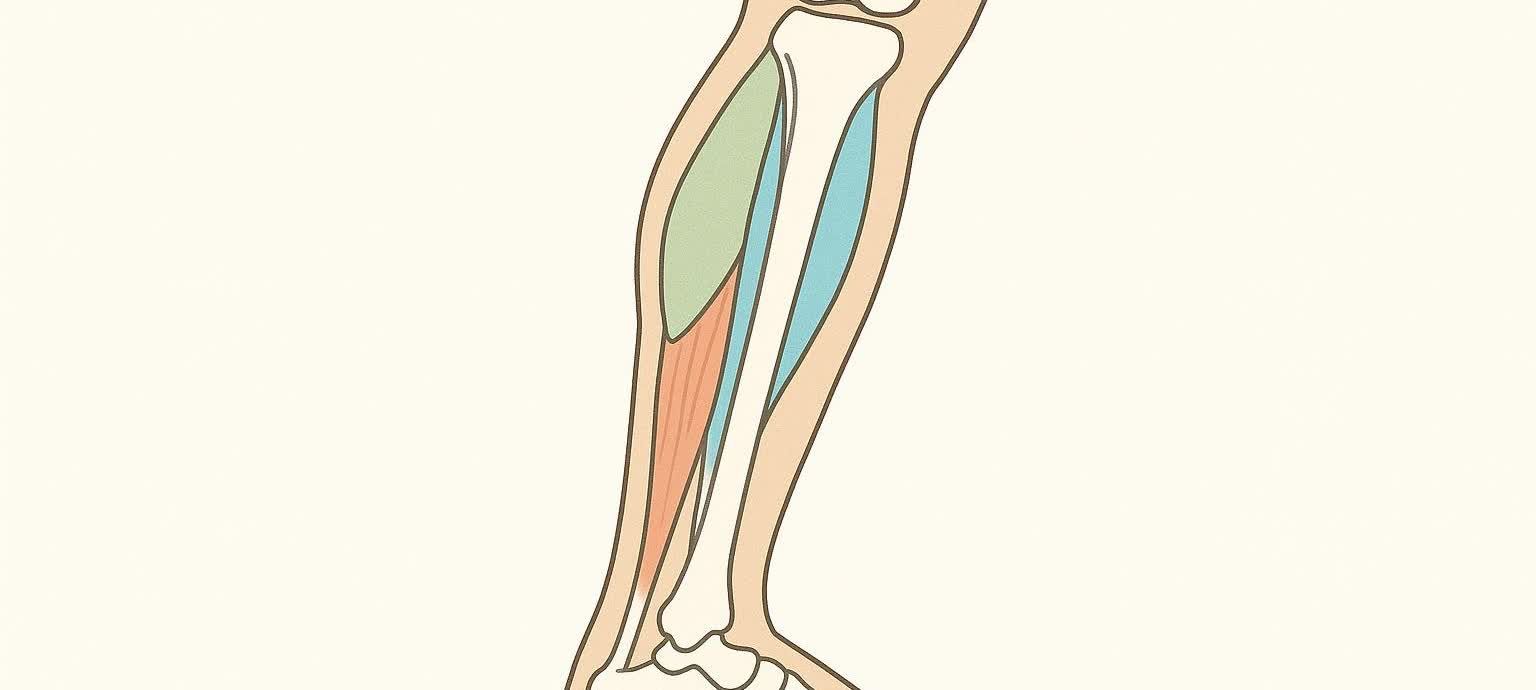
Leg Muscle Anatomy Guide: Compartments & Functions
A clear understanding of lower leg muscle anatomy is fundamental for clinicians, students, and athletes alike. This guide explores the three fascial compartments of the lower leg: anterior, lateral, and posterior. For each muscle, we cover origin, insertion, innervation, function, and key clinical notes.
Quick Reference Chart: Lower-Leg Compartments at a Glance
| Compartment | Primary Muscles | Main Actions | Nerve Supply | Example Everyday Task |
|---|---|---|---|---|
| Anterior | Tibialis anterior, Extensor digitorum longus, Extensor hallucis longus, Fibularis tertius | Dorsiflexion, toe extension, inversion | Deep fibular nerve | Lifting your toes while walking |
| Lateral | Fibularis longus, Fibularis brevis | Foot eversion, weak plantarflexion | Superficial fibular nerve | Stabilizing on uneven terrain |
| Posterior – Superficial | Gastrocnemius, Soleus, Plantaris | Powerful plantarflexion, knee flexion | Tibial nerve | Jumping, sprinting |
| Posterior – Deep | Tibialis posterior, Flexor digitorum longus, Flexor hallucis longus, Popliteus | Toe flexion, inversion, arch support, “unlocking” knee | Tibial nerve | Pushing off during a stride |
Source: compartment boundaries and functions summarized from Osmosis – Anatomy of the Leg and Cleveland Clinic – Leg Muscles
Anterior Compartment (Extensor/Dorsiflexor)
Anatomy & Attachments
| Muscle | Origin | Insertion | Innervation | Primary Function |
|---|---|---|---|---|
| Tibialis anterior | Lateral condyle & shaft of tibia; interosseous membrane | Medial cuneiform & base of 1st metatarsal | Deep fibular nerve | Strongest dorsiflexor; inversion |
| Extensor digitorum longus | Lateral tibial condyle, fibula, interosseous membrane | Middle & distal phalanges of digits 2–5 | Deep fibular nerve | Extends toes 2–5; dorsiflexion |
| Extensor hallucis longus | Anterior fibula & interosseous membrane | Distal phalanx of great toe | Deep fibular nerve | Extends great toe; dorsiflexion |
| Fibularis tertius | Distal fibula & interosseous membrane | Dorsum of 5th metatarsal | Deep fibular nerve | Dorsiflexion; eversion |
Source: Osmosis – Anatomy of the Leg and TeachMeAnatomy – Leg Muscles
Clinical call-out: Weakness or nerve injury here can lead to foot drop—an inability to dorsiflex that causes the toes to drag (Cleveland Clinic – Leg Muscles).
Strength & Rehab Tips
- Heel walks – Walk forward on your heels for 30 seconds, keeping the toes lifted. Perform 3 rounds to strengthen the dorsiflexors.
- Resistance-band toe raises – Anchor a light band to a sturdy object in front of you, loop it over the top of your foot, and pull your toes toward your shin for 15–20 controlled reps.
- Seated ankle alphabet – With the leg elevated, “draw” the alphabet with your foot to mobilize the anterior compartment and improve ankle range of motion.
Lateral Compartment (Evertor)
Anatomy & Attachments
| Muscle | Origin | Insertion | Innervation | Primary Function |
|---|---|---|---|---|
| Fibularis longus | Head & upper fibula | Base 1st metatarsal & medial cuneiform (plantar surface) | Superficial fibular nerve | Eversion & weak plantarflexion; supports transverse arch |
| Fibularis brevis | Lower fibular shaft | Tuberosity of 5th metatarsal | Superficial fibular nerve | Eversion |
Source: TeachMeAnatomy – Leg Muscles and Osmosis – Anatomy of the Leg
Clinical call-out: Chronic ankle sprains often stem from weak evertors that fail to counter excessive inversion during landing (TeachMeAnatomy – Leg Muscles).
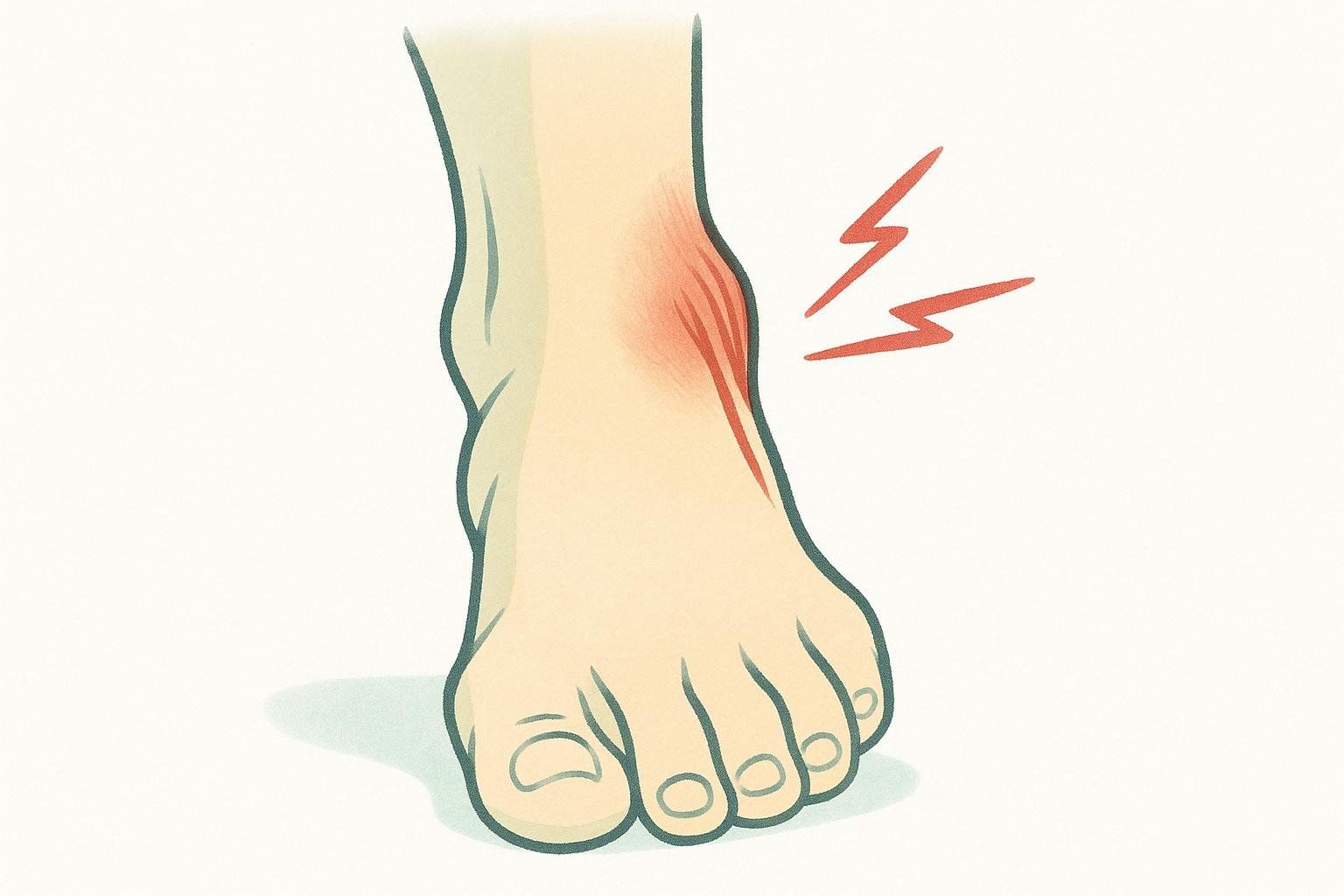
Strength & Rehab Tips
- Side-lying eversion – Lie on your side with the working leg on top, loop a band around the forefoot, and lift the outer edge of your foot toward the ceiling for 15 reps.
- Single-leg balance on a foam pad – Stand barefoot on an unstable surface for 60 seconds; add gentle head turns to increase the challenge.
- Lateral calf stretch – Cross one leg behind the other and lean toward the front leg to stretch the fibularis group for 30 seconds per side.
- Enhance flexibility further with these ankle and lower leg mobility drills.
Posterior Compartment
Anatomy & Attachments
Superficial Group
| Muscle | Origin | Insertion | Innervation | Primary Function |
|---|---|---|---|---|
| Gastrocnemius | Femoral condyles | Calcaneus via Achilles tendon | Tibial nerve | Powerful plantarflexion; knee flexion |
| Soleus | Tibia & fibula | Calcaneus via Achilles tendon | Tibial nerve | Sustained plantarflexion (posture) |
| Plantaris | Lateral femur | Calcaneus via Achilles tendon | Tibial nerve | Weakly assists plantarflexion & knee flexion |
Deep Group
| Muscle | Origin | Insertion | Innervation | Primary Function |
|---|---|---|---|---|
| Tibialis posterior | Tibia, fibula, interosseous membrane | Navicular, cuneiforms, bases of 2–4 metatarsals | Tibial nerve | Inversion; arch support |
| Flexor digitorum longus | Posterior tibia | Distal phalanges digits 2–5 | Tibial nerve | Toe flexion; plantarflexion |
| Flexor hallucis longus | Posterior fibula | Distal phalanx great toe | Tibial nerve | Great-toe flexion; push-off |
| Popliteus | Lateral femur & meniscus | Posterior tibia | Tibial nerve | Unlocks knee (internal rotation) |
Source: TeachMeAnatomy �– Leg Muscles and Osmosis – Anatomy of the Leg
Clinical call-out: The tendons of the deep posterior compartment pass through the tarsal tunnel, a common site of entrapment neuropathy that can cause burning plantar pain (Osmosis – Anatomy of the Leg).
Strength & Rehab Tips
- Standing calf raises – Rise onto the balls of your feet, pause, and lower slowly. Do 3 × 12 reps; bend the knee slightly to emphasize the soleus.
- Towel curls & marble pickups – Place a towel or marbles on the floor and curl them toward you with your toes to strengthen the deep flexors.
- Eccentric heel drops – Stand on a step, lift both heels, shift weight to one foot, and lower slowly for 3 seconds. Perform 3 × 15 reps to rehab Achilles tendon issues.
Common Injuries & Anatomy-Driven Rehab
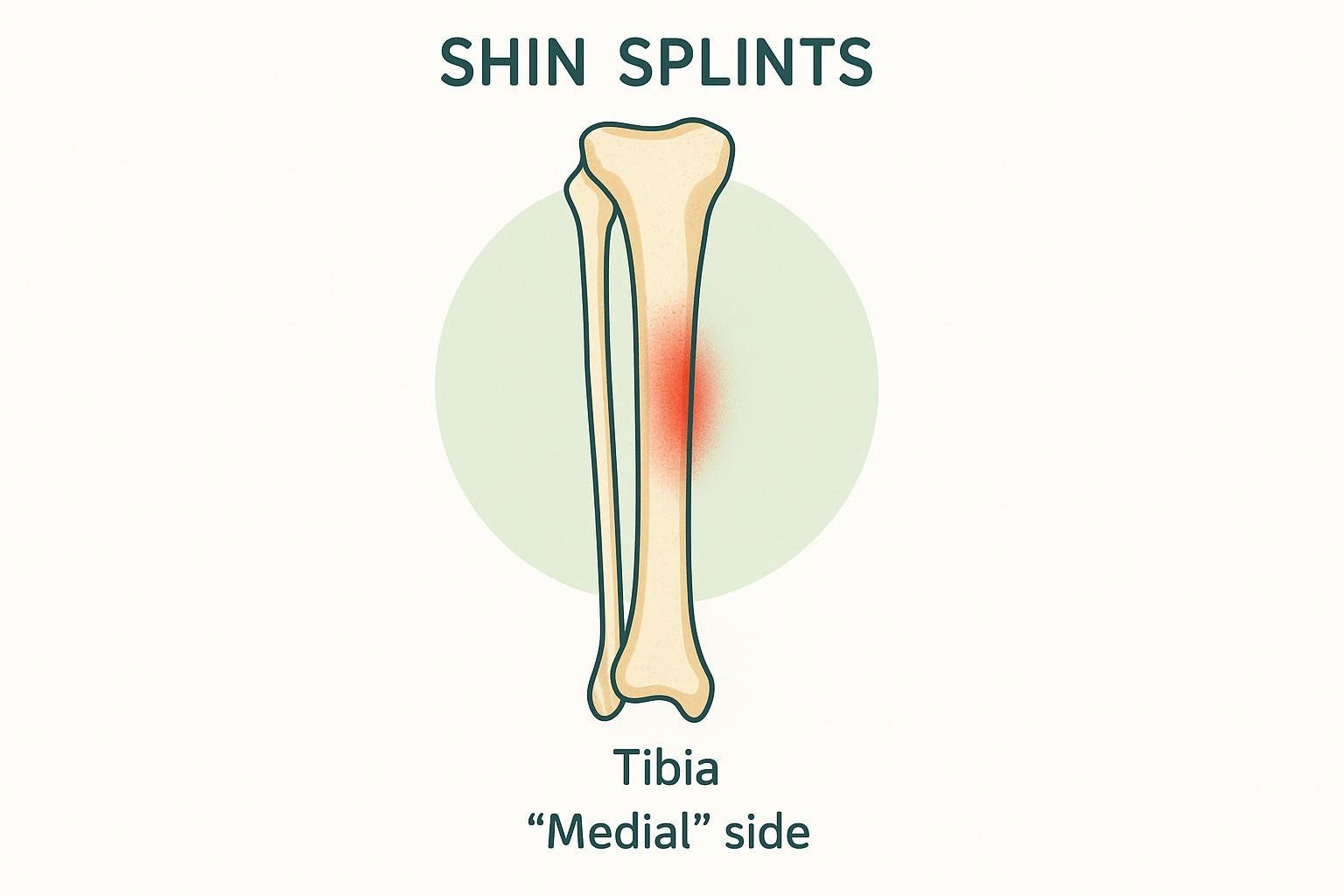
The table below is for educational purposes only and does not replace professional medical assessment. Consult a qualified healthcare provider for diagnosis and treatment.
| Injury | Anatomical Culprit | Key Rehab Focus |
|---|---|---|
| Shin splints (medial tibial stress syndrome) | Stress on the tibia from overuse of the tibialis posterior and/or soleus muscles, leading to periosteal inflammation | Gradual mileage build-up, calf strength, arch support |
| Achilles tendinopathy | Degeneration of Achilles tendon (gastroc/soleus) | Eccentric calf protocol, load management |
| Peroneal tendonitis | Overuse of fibularis longus/brevis | Eversion strength, lateral ankle mobility |
| Compartment syndrome | Increased pressure in anterior compartment | Post-surgical ROM and gradual strengthening under medical supervision |
| Foot drop | Deep fibular nerve palsy → anterior compartment paralysis | Ankle-foot orthosis, neuromuscular re-education |
For a deeper look at recovery timelines, read our guide on treating soft-tissue injuries.
Tracking Leg Muscle Balance With a DEXA Scan
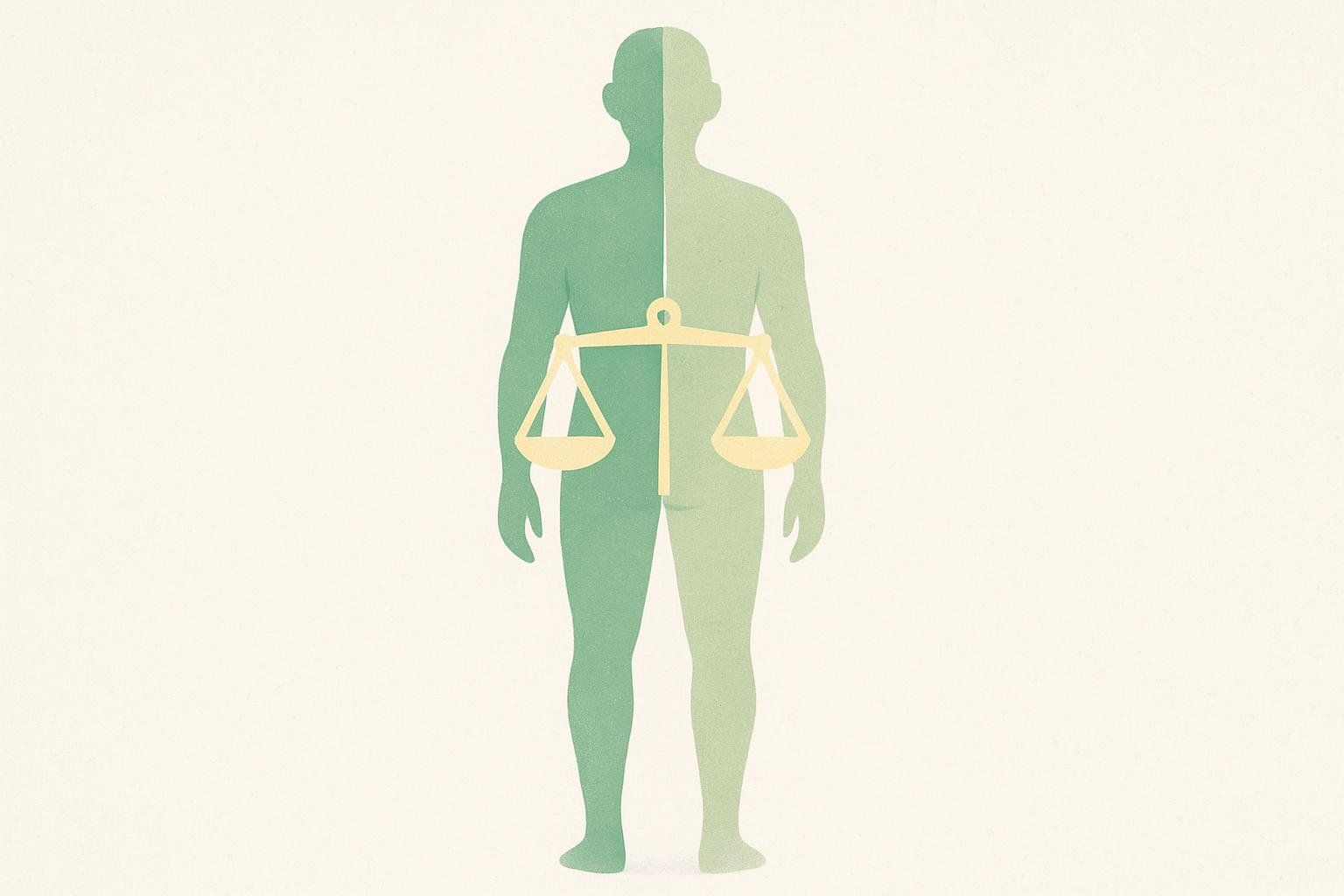
DEXA technology provides limb-by-limb lean-mass data, allowing you to identify significant right-to-left discrepancies that may be addressed to optimize performance and reduce potential injury risk. While it doesn’t identify every individual muscle, the scan’s regional metrics can alert you to meaningful imbalances.
A BodySpec DEXA scan provides the data to track these changes, and you can book a scan online to get started.
FAQs
What is the strongest muscle in the lower leg?
The soleus produces the greatest force for sustained plantarflexion, critical for standing and walking (Cleveland Clinic – Leg Muscles).
Which nerve innervates the tibialis anterior?
The deep fibular (peroneal) nerve supplies all anterior-compartment muscles (Osmosis – Anatomy of the Leg).
How do I stretch tight calf muscles?
Stand facing a wall with one foot in front of the other and lean forward until you feel a stretch in the back leg. Keep the knee straight for gastrocnemius and bent for soleus; hold 20–30 seconds (Healthline – Tight Calves).
What exercises strengthen the peroneals?
Banded eversion, side-step lunges, and single-leg balance drills improve lateral ankle strength and stability (Hinge Health – Peroneal Tendonitis Exercises).
Can DEXA detect muscular imbalances?
Yes, a DEXA scan’s regional analysis can identify lean-mass differences between limbs, which helps guide a more targeted training plan.
Key Takeaway: Mastering the anatomy of the anterior, lateral, and posterior compartments—and the muscles within them—lays the groundwork for effective training, rehab, and injury prevention.
